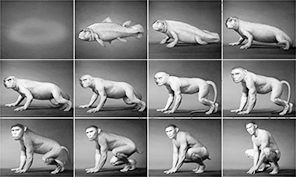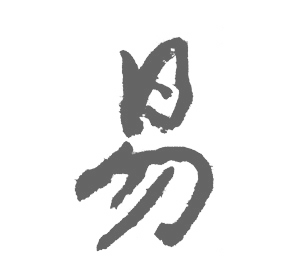
Kovalenko wormhole
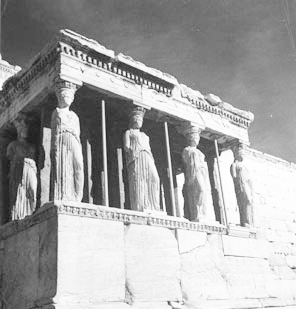

A segment of string, which exists in 11th spatial dimension with 10⁻³³ cm in diameter.

Warped space: according to the theory of relativity, space-time fabric is distorted by masses in space; empirically, this phenomenon is recognized as gravity; because of the inherent curvature of space, the shortest distance between two points is a curved line.



Ptolemy’s Universe: A convoluted system devised by Ptolemy attempting to maintain earth as the center of the universe.


The dome at the existing planetarium assumes the role of a heavenly body that causes the surrounding space-time fabric, the new planetarium in this case, to distort. Through the warping curtain wall as a response to the existing planetarium dome, a conceptual dialogue between the existing and the new planetariums is thus established.

The geometry of Beijing Planetarium expresses a systhesis of two cosmic realms by juxtaposing space warp and quantum particles with strings weaving in between.

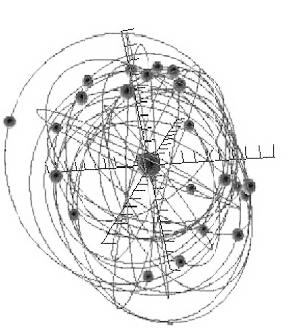
Quantum mechanics accurately predicts the behaviors of subatomic particles – the fundamental building blocks of matters, and the forces among them

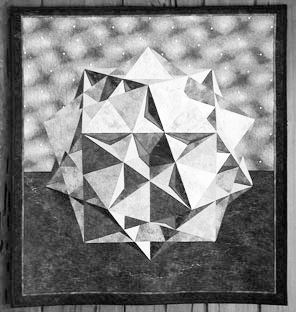
Hyper Dimension space: mathematically speaking, dimension means freedom. One dimension means one degree of freedom, such as moving along a line; two dimension two degrees of freedom, such as moving on a plane, etc. you can’t tie a knot in two dimensional spaces but you can do so in three dimensional spaces because of the extra degree of freedom. By gaining extra degrees of freedom, scientist is able to unify in hyper-dimensional space physical phenomena that are unrelated in lower dimensional space.

Solar system, a perfect representation of Newtonian Mechanics, echos the orderly and predictable mechanism of clockwork.
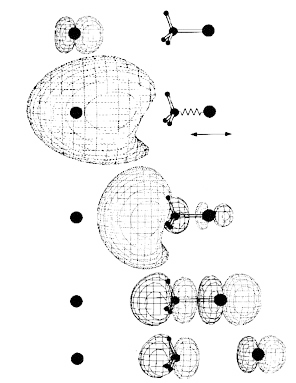
Quantum mechanics deals with cosmology at microscopic level where three fundamental forces, i.e. strong force, weak force and electromagnetism, find a unified mathematical expression in so called “standard model.”
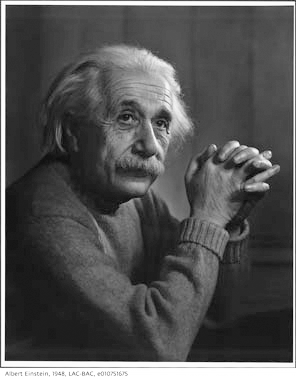
Albert Einstein (1879-1955): German physicist who developed the theory of relativity, which provided a radical new outlook on space, time and gravitation, and for the first time proposed the equivalence of mass and energy.

The synthesis of space warp, quantum particles and strings resonate with the grand unification of String Theory that promises to bring together the two distinct realms of the cosmos, i.e., the interstellar and the subatomic, into one single mathematical expression.

Clockwork that symbolizes the predictability and three-dimensionality of Newtonian cosmology.
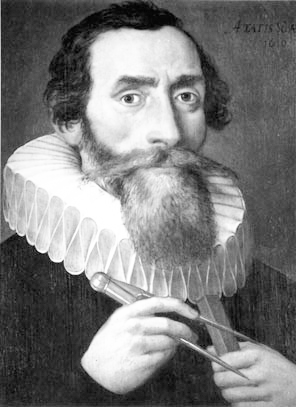
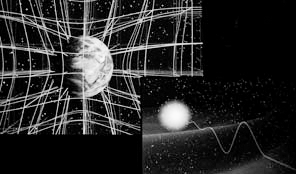
The curved space: according to Einstein’s General Theory of relativity, light beam will bend under the influence of gravity while passing by a celestial body. Based on “Fermat’s least-time principle” light beam will take the path requiring the least amount of time between two points. The fact that the light beam curves the presence of celestial body, then, logically suggests the shortest distance between two points could be a curved line. The only explanation of a curved line being the shortest path between two points is that the space itself is curved under gravitational pull of the celestial body.

Warping curtain wall due to the mass around it.
